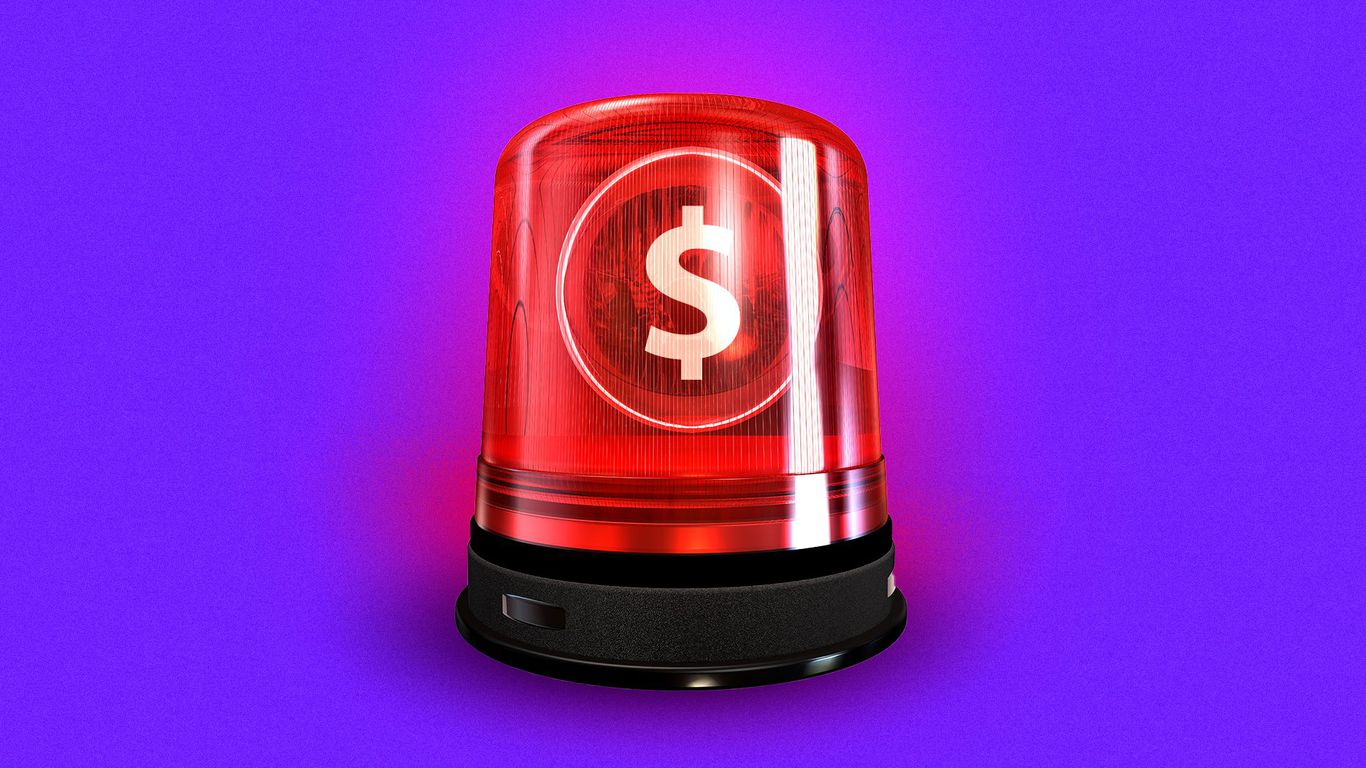Inflation is bursting almost everywhere — a warning that rapid price spikes may stick around.
Why it matters: Until recently, high prices have been shrugged off as temporary, thanks to pandemic-era quirks (read: messed-up supply chains) that are expected to ease.
- Data from Friday is the latest signal that price pressure has spread to parts of the economy not slammed by those quirks.
What’s new: Consumer costs rose at the fastest pace since 1982. Strip out volatile energy and food components, and it’s the quickest pace since 1991.
- “The narrative that inflation is mostly energy and goods rings hollow,” says Conrad DeQuadros, an economist at Brean Capital.
Where it stands: Prices jumped across almost all categories for the second straight month, the government said.
- The only categories where costs dropped from October: car insurance, recreation and communication.
What to watch: About half of the overall monthly jump in prices stemmed from pricier cars and energy (including gasoline) alone. But shelter costs — up 0.5%, matching the quick pace set the prior month — were the giant red flag.
- “Once you start to see prices accelerating here, it doesn’t tend to reverse quickly,” says Aneta Markowska, an economist at Jefferies.
The bottom line: Mega-demand for goods from flush consumers, supply chain snafus and jumping housing costs have collided to create the most expensive economy in almost four decades.
